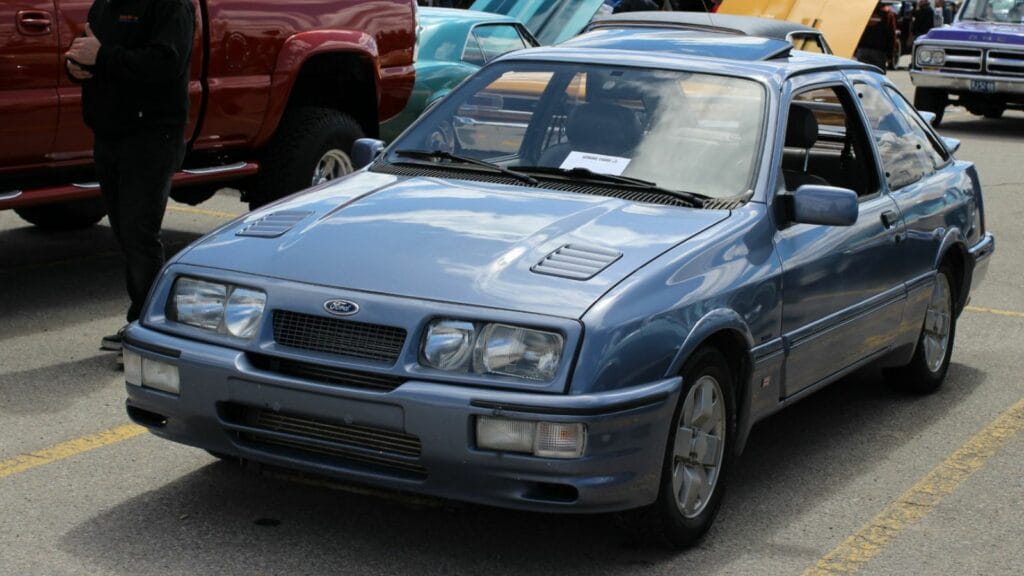The 1980s gave us plenty of automotive icons the BMW E30 M3, the Ferrari Testarossa, and turbocharged legends like the Buick GNX. But the decade also spat out some of the most embarrassing metal ever to hit the streets. These were cars that rattled, rusted, or outright tried to kill you. They were slow, ugly, and sometimes dangerously unreliable. Here’s a merciless look back at seventeen of the worst offenders from the neon decade, expanded in all their tragic glory.
Pontiac Fiero
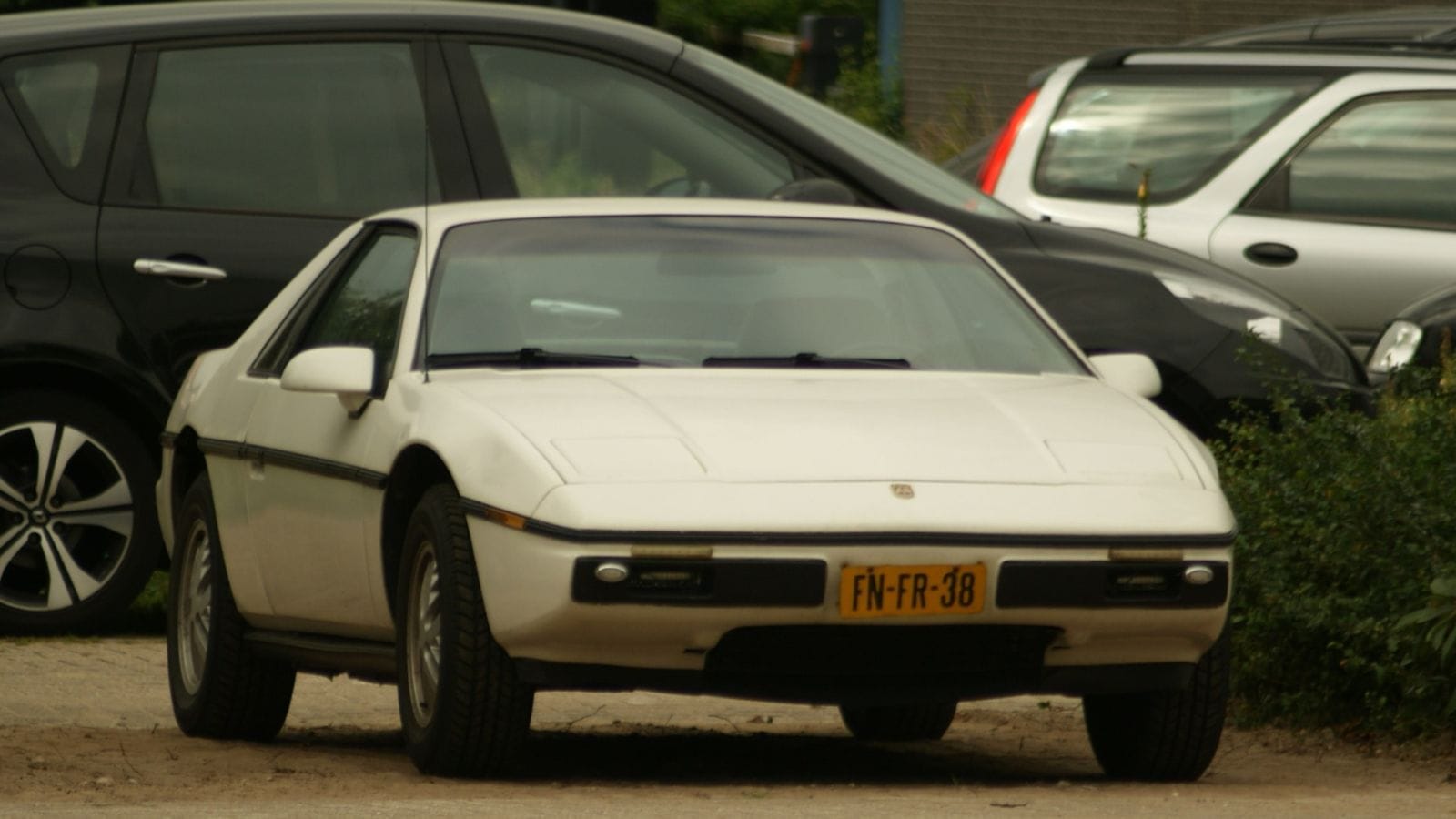
Pontiac wanted to build an affordable, mid-engine sports car to compete with European imports. Instead, they delivered a slow, underpowered commuter with parts scavenged from the GM bin. Worse, early Fieros had a habit of catching fire thanks to oil leaks and overheating engines. Imagine the excitement of finally buying a “Ferrari for the people” only to watch it literally burn in your driveway. Later models were much better, but by then, the punchline had already stuck: the “Fiery Fiero.”
Yugo GV
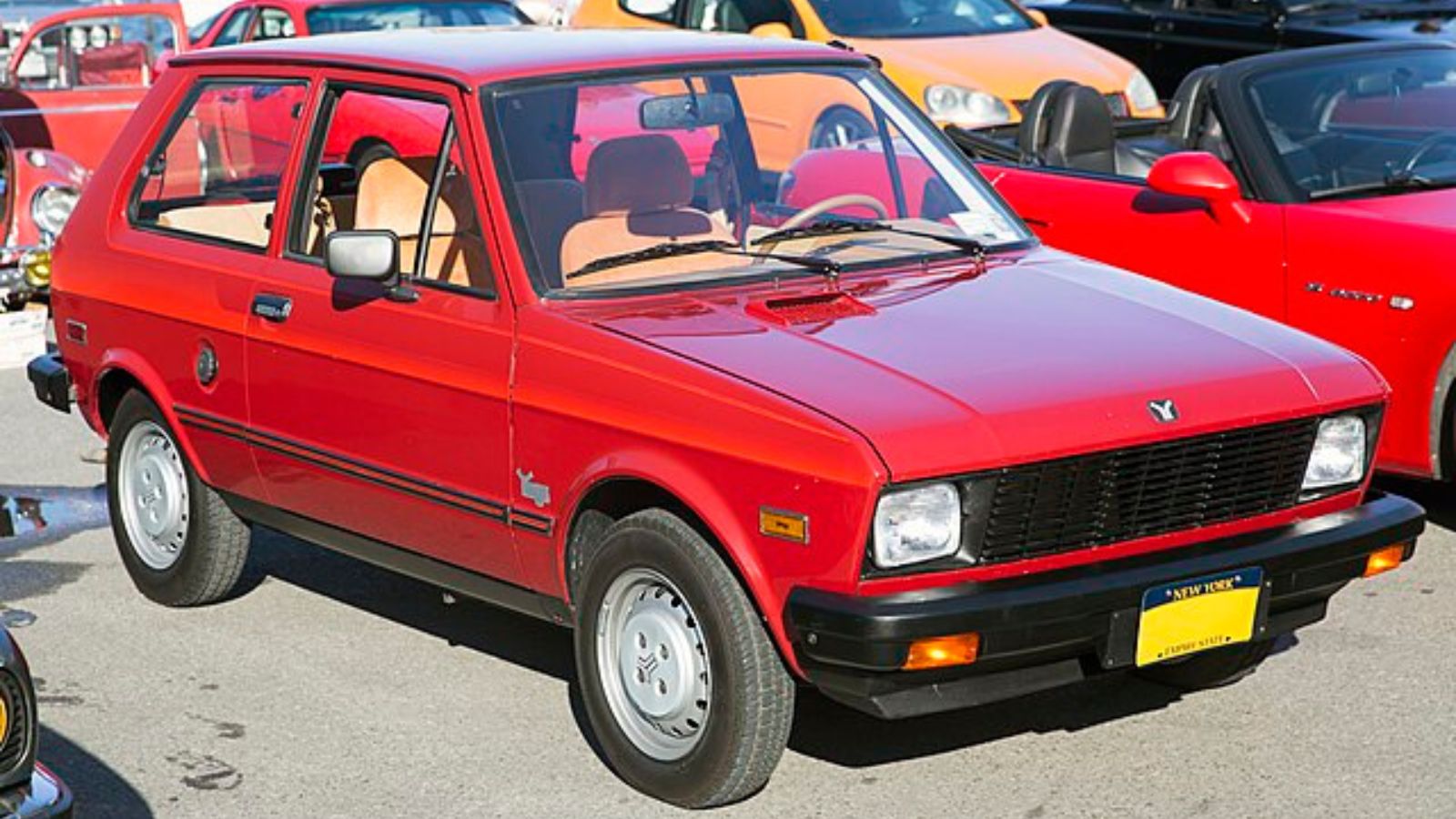
The Yugo was marketed as the cheapest new car in America, and boy, did it feel like it. Interiors were made from materials that looked salvaged from plastic toys, and the engines barely made it past 50,000 miles. Breakdowns were so frequent that tow truck drivers used to joke about keeping a special hook just for Yugos. It didn’t just drive poorly—it became the poster child for bad cars everywhere. Today, the Yugo is remembered more as a comedy prop than an actual car.
Chevrolet Citation
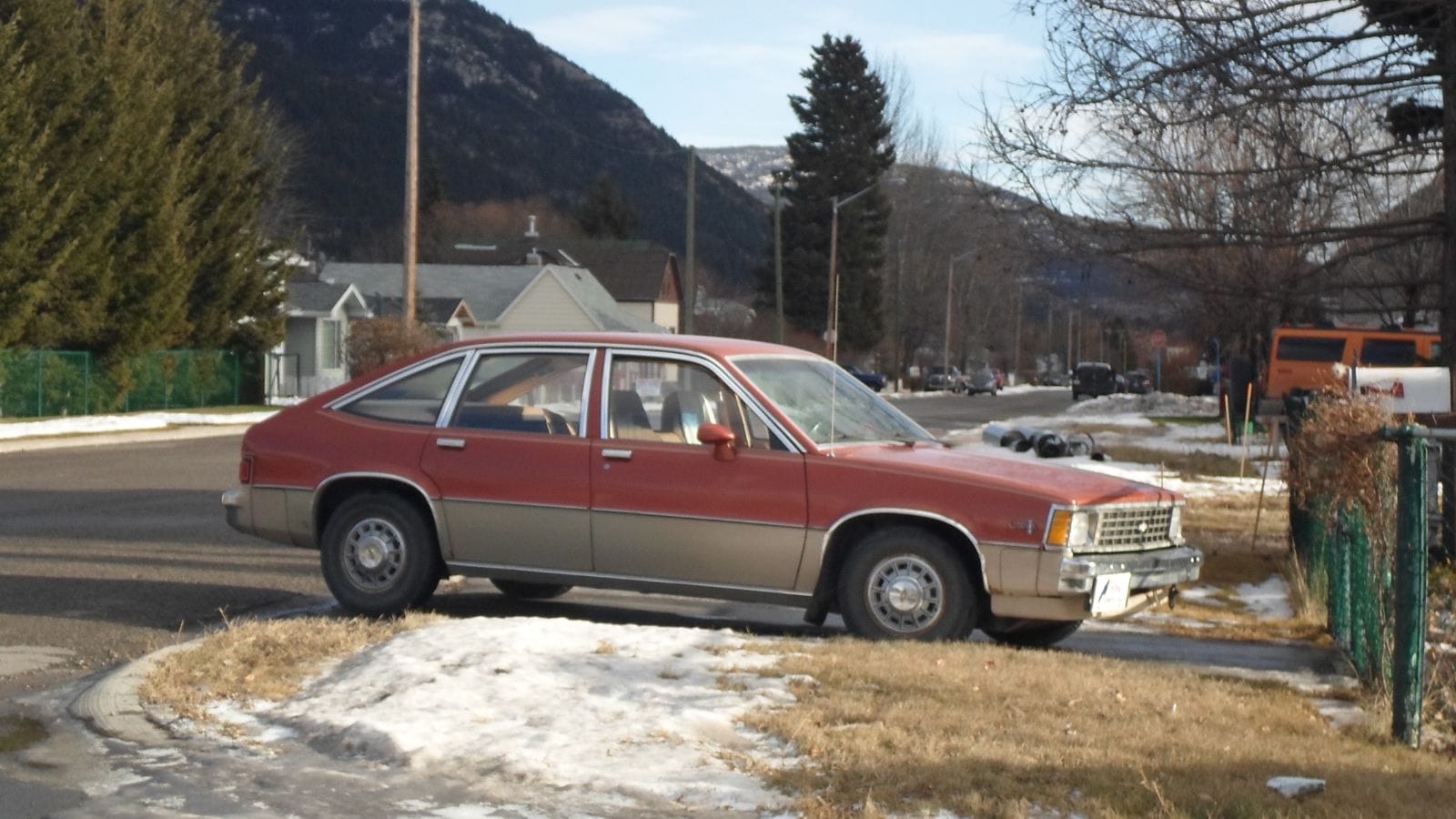
Chevy hyped the Citation as the dawn of a new era: a modern, front-wheel-drive family car that would lead GM into the future. Instead, it became a rolling disaster. The brakes faded dangerously, the suspension was sloppy, and the build quality was so poor that early models literally started falling apart after a few years. Lawsuits followed, resale values plummeted, and the car that was supposed to carry GM’s reputation into the next decade ended up staining it instead.
Cadillac Cimarron
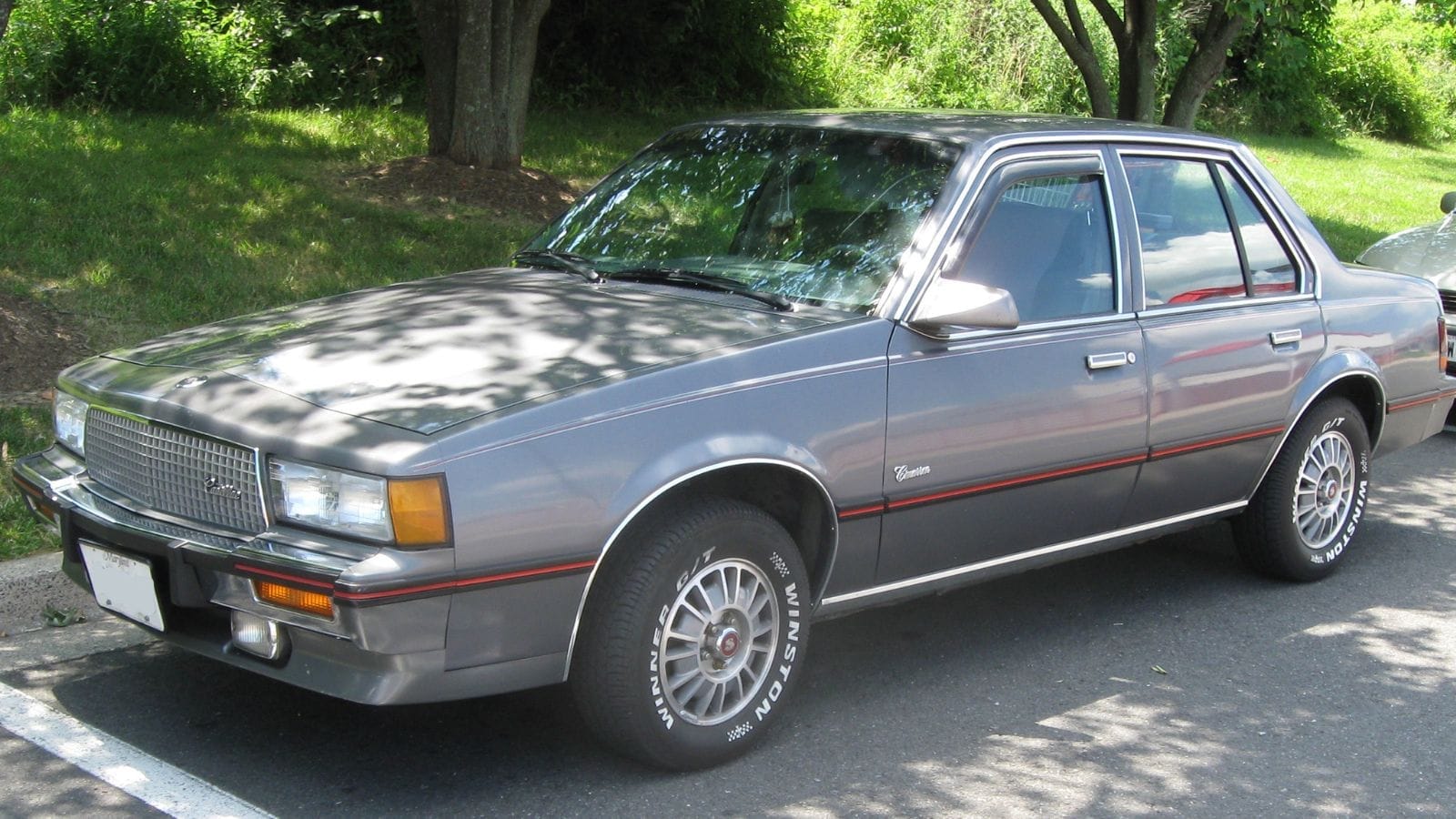
The Cimarron is perhaps the most cynical car of the entire 1980s. GM thought they could rebadge a Chevy Cavalier, slap on some chrome, hike up the price, and call it a Cadillac. Buyers weren’t fooled. The Cimarron lacked performance, lacked luxury, and lacked any reason to exist. Its failure became a cautionary tale in the industry, showing how badly brand dilution could hurt a legendary nameplate. To this day, the Cimarron is considered Cadillac’s lowest moment.
Renault Alliance
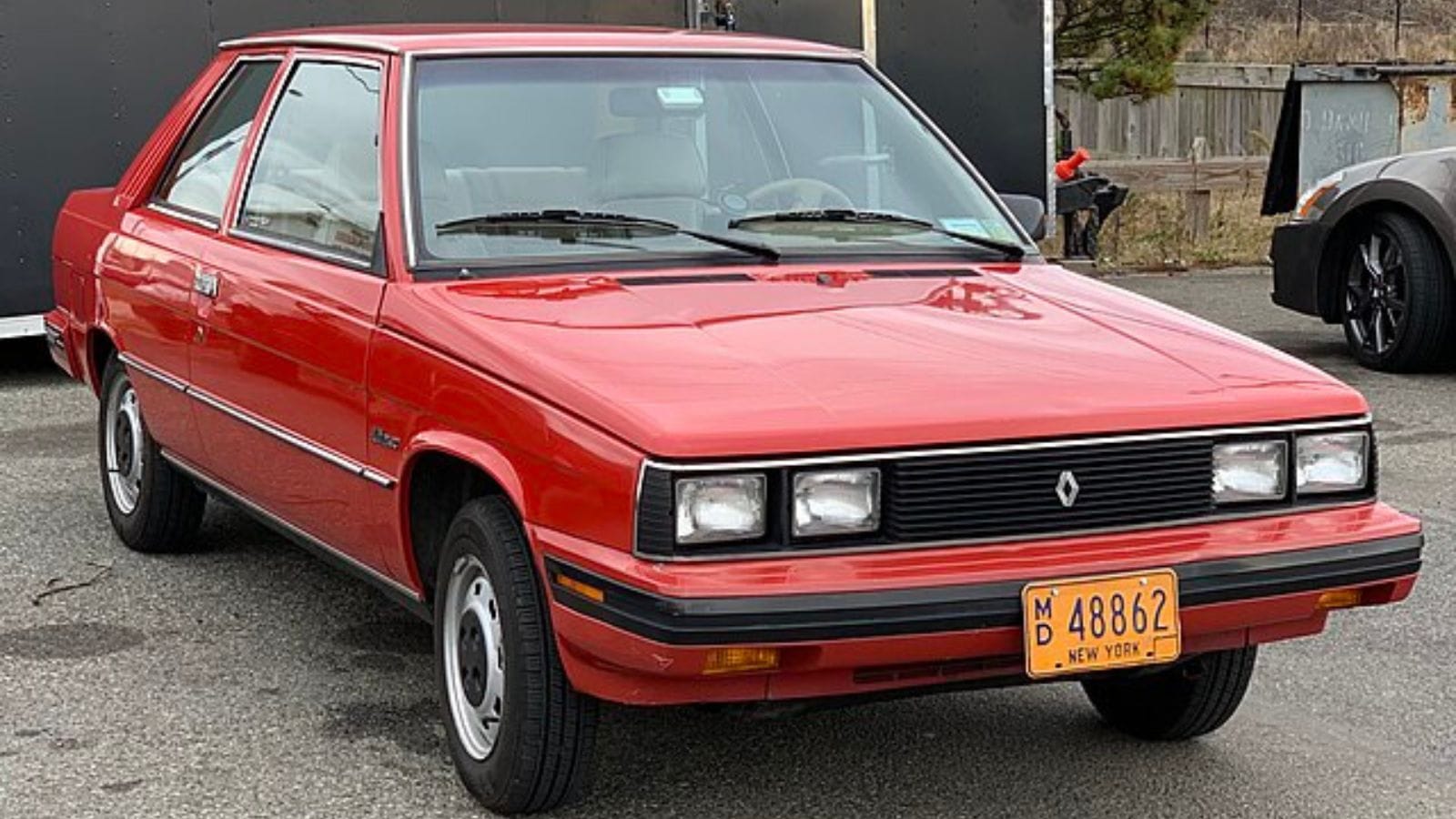
When AMC and Renault joined forces, the result was the Alliance—a car that somehow managed to be worse than the sum of its parts. It was cheap, fragile, and riddled with electrical gremlins. Owners complained of rust showing up in record time, interiors disintegrating, and engines that groaned under the slightest strain. The Alliance was meant to bring European charm to American roads, but it ended up being a French farce instead.
Hyundai Excel
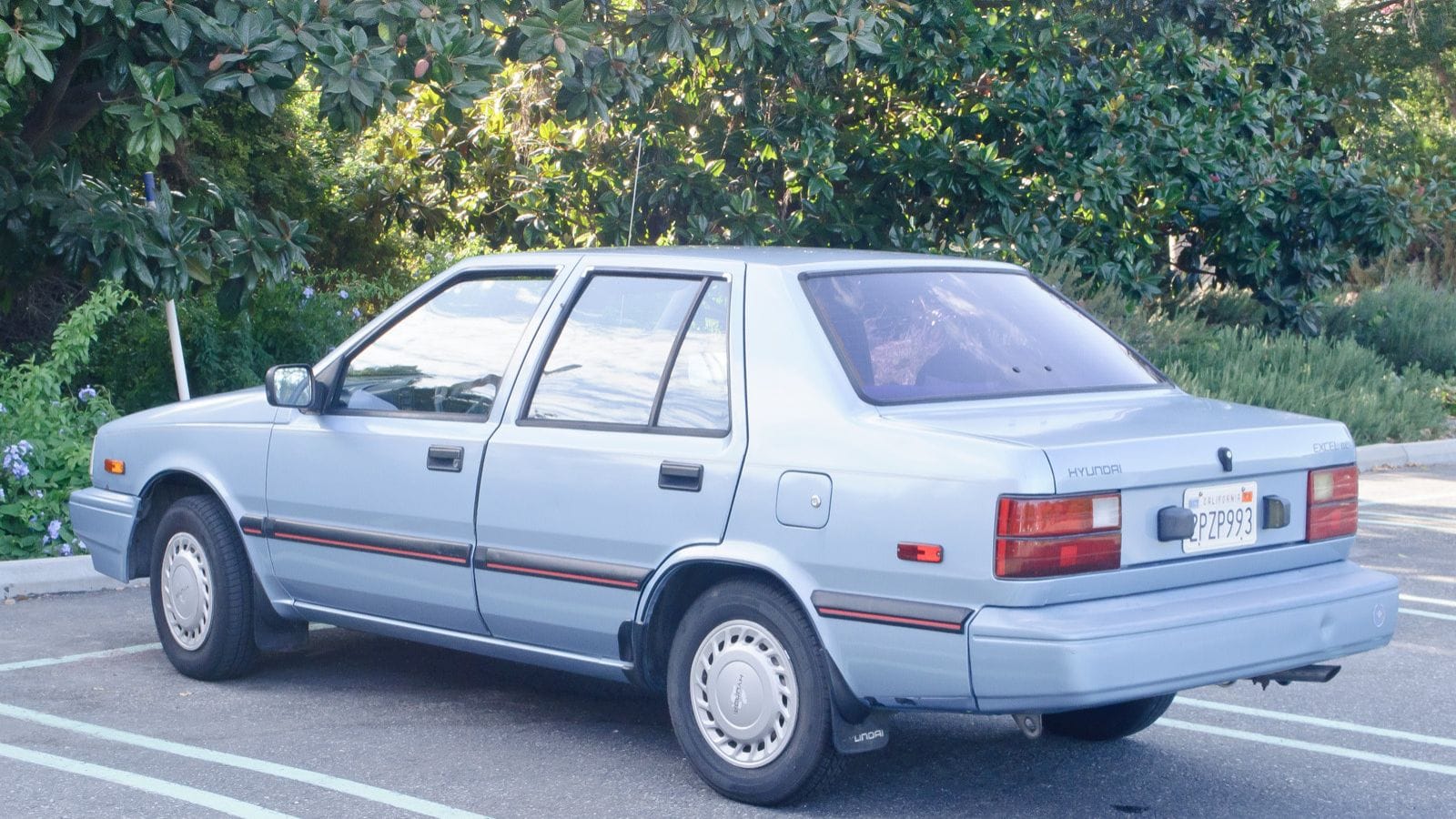
Hyundai’s first attempt at the U.S. market was the Excel, a car so bad it nearly ruined the brand before it began. Yes, it was dirt cheap, but you got exactly what you paid for: engines that coughed themselves to death, paint that flaked off after a few summers, and interiors that rattled like a junk drawer. The Excel quickly became synonymous with “cheap junk,” and it took Hyundai nearly two decades to rebuild its reputation.
Chrysler TC by Maserati
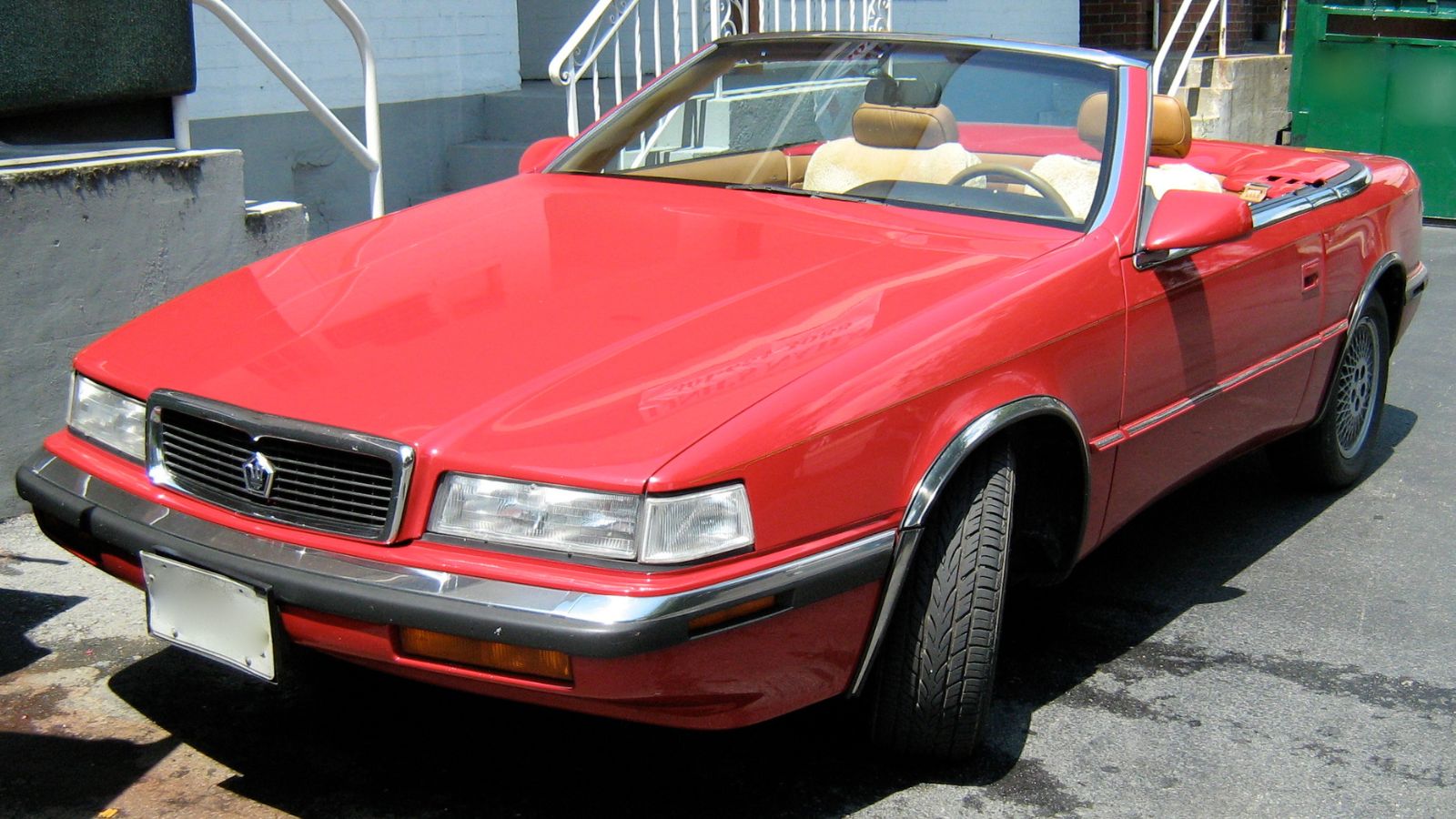
A Chrysler built by Maserati should have been a marriage of Italian flair and American reliability. What buyers actually got was a Chrysler K-Car in a leather jacket. The styling was awkward, the price tag was absurd, and performance was laughable. Maserati’s badge couldn’t hide the fact that it was slow, clumsy, and uninspired. Collectors joke today that the TC by Maserati wasn’t exotic—it was exhausting.
Ford EXP
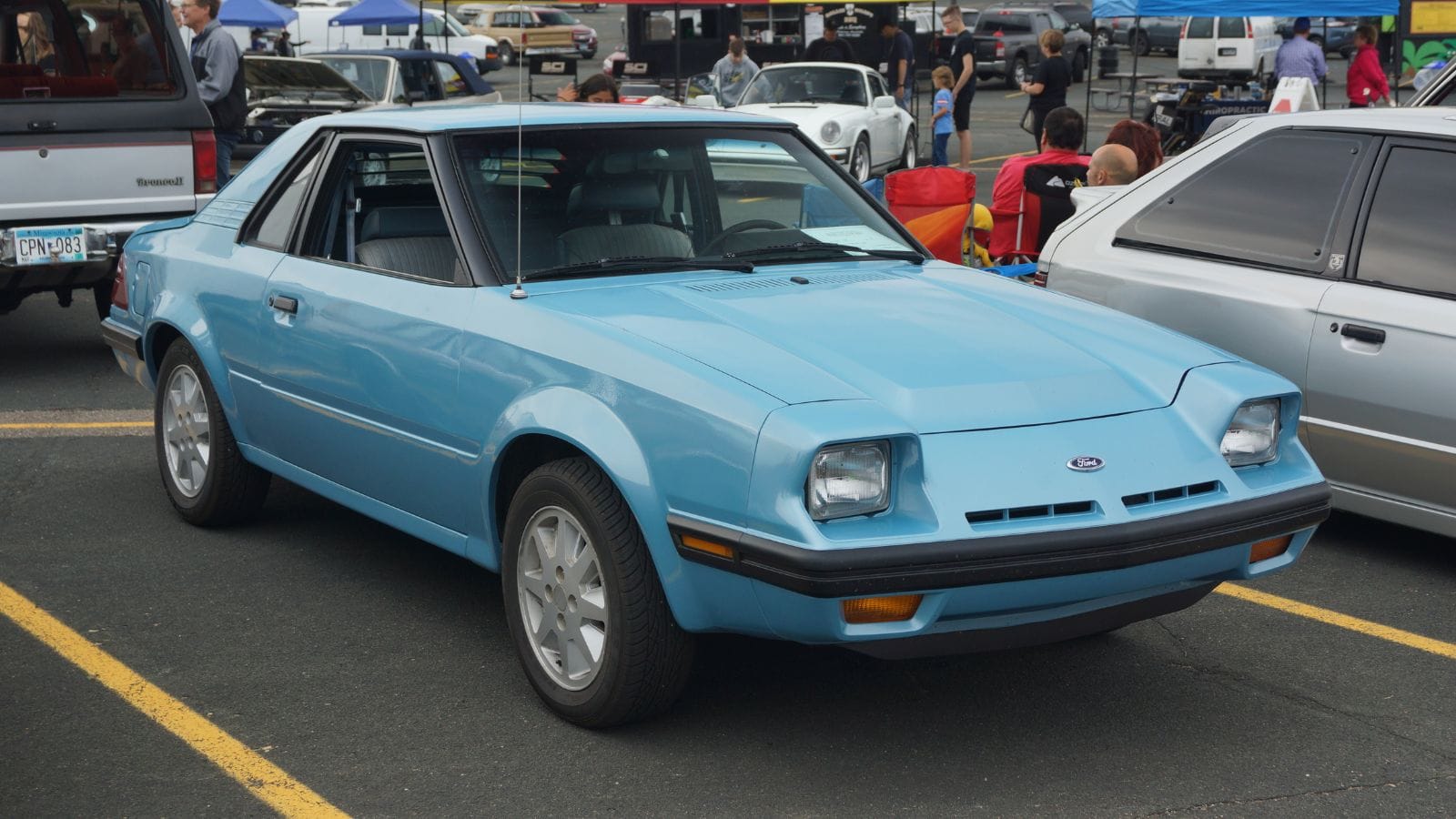
Ford thought the EXP would be the affordable two-seater for the 80s, a sporty car for young drivers who couldn’t afford a Mustang. The problem was that it wasn’t sporty. It was just a Ford Escort with two fewer seats and no personality. Performance was sluggish, styling was dull, and it quickly became known as the “EXPlosion” of bad ideas. Buyers expecting thrills were left wondering why they hadn’t just bought an actual Mustang.
Sterling 825
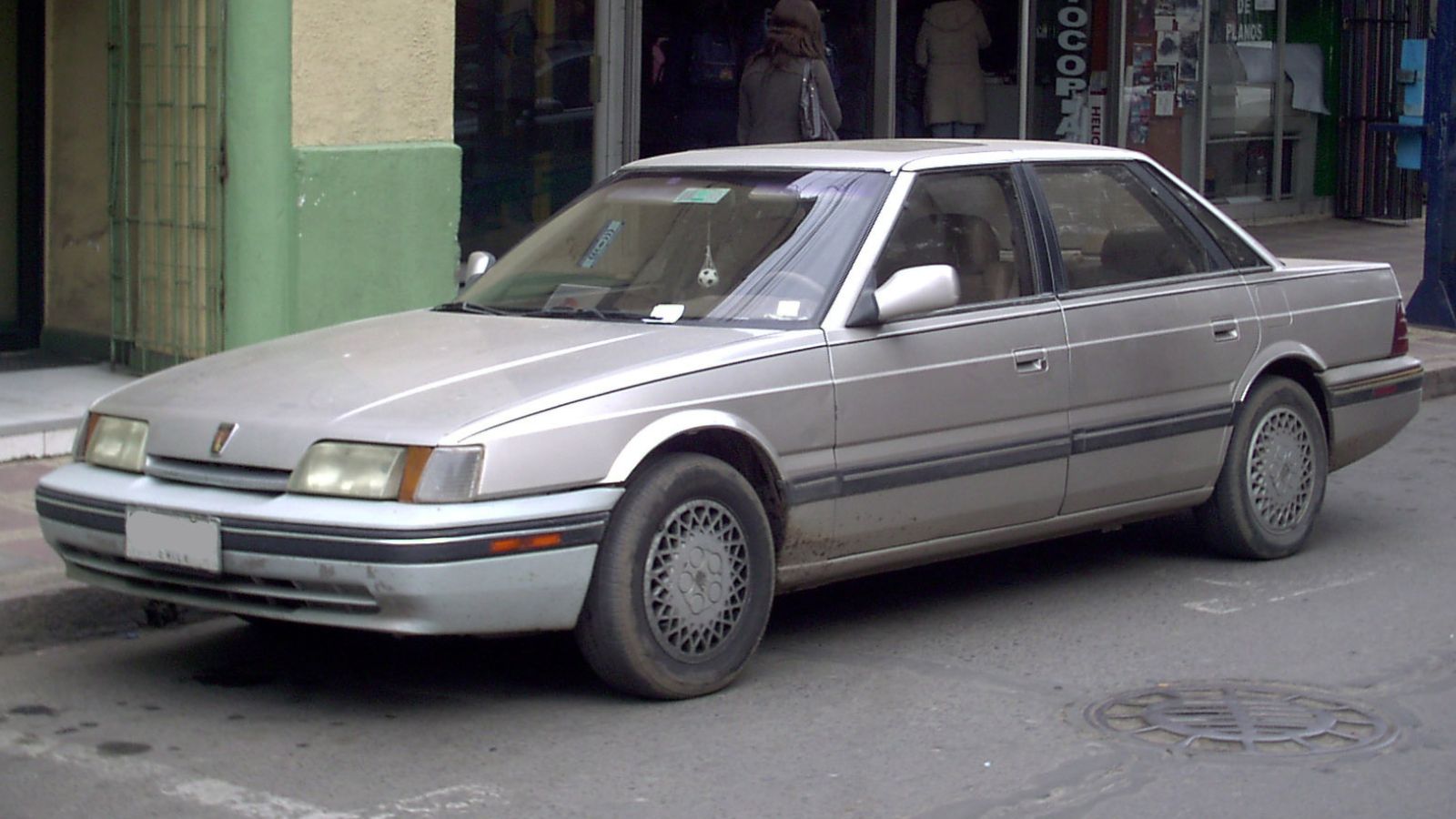
On paper, the Sterling 825 should have been a hit. It used Honda mechanicals, promising reliability, with a British twist on styling. In practice, it was a disaster. The British assembly quality was atrocious, with electrical failures, cheap trim, and rust that appeared almost overnight. While the Honda-based engine soldiered on, everything else fell apart, leaving owners with a car that was half brilliant and half heartbreak.
Dodge Omni 024 / Plymouth Horizon TC3
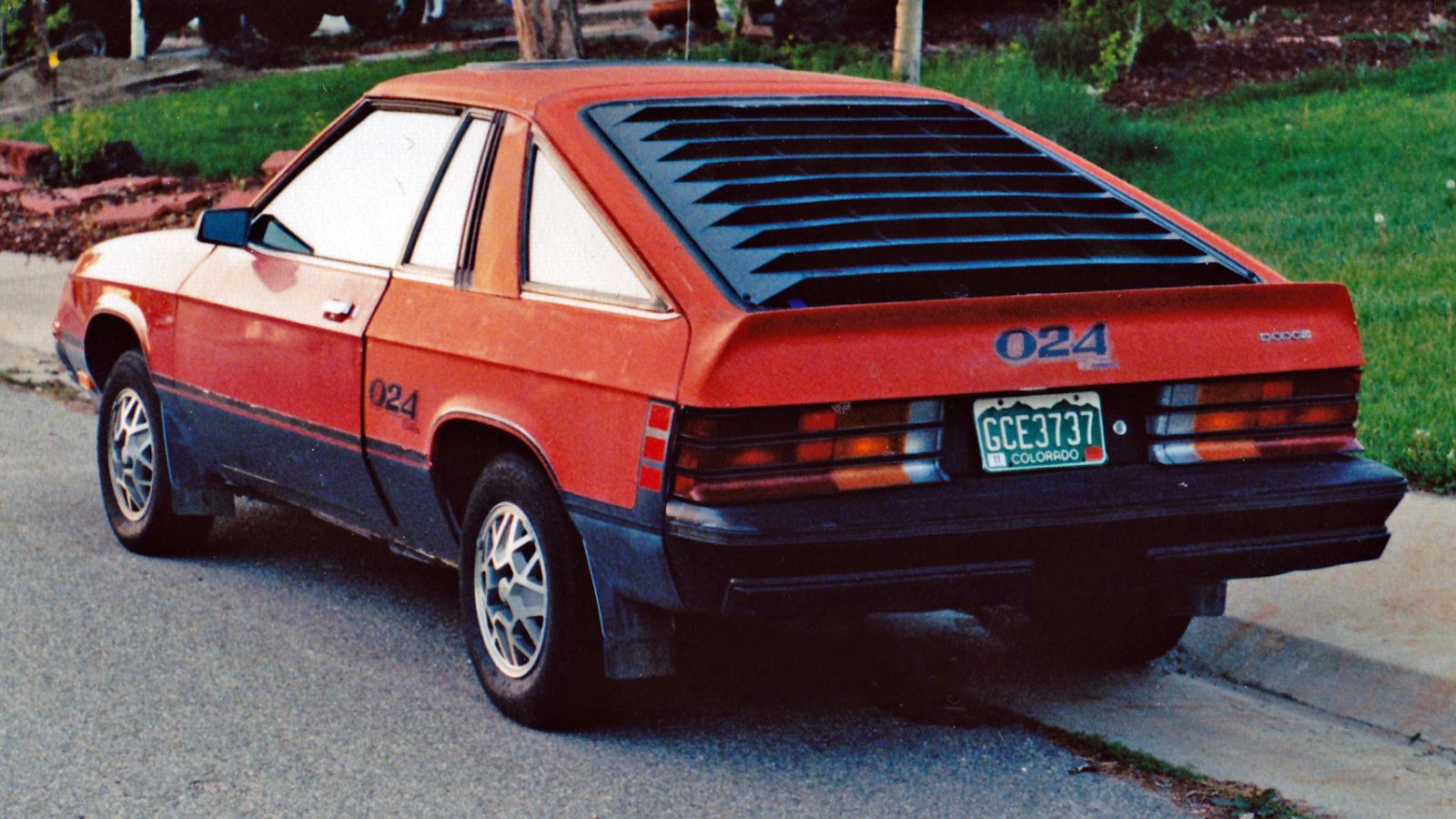
Chrysler tried to turn the humble Omni economy car into something sporty by chopping it into a coupe and calling it the 024 (or TC3). Unfortunately, it looked awkward and drove even worse. The engines were weak, the handling was clumsy, and it had none of the fun or refinement of the hot hatches it was supposed to compete against. Buyers avoided it, and history has mostly forgotten it—mercifully.
Volkswagen Fox
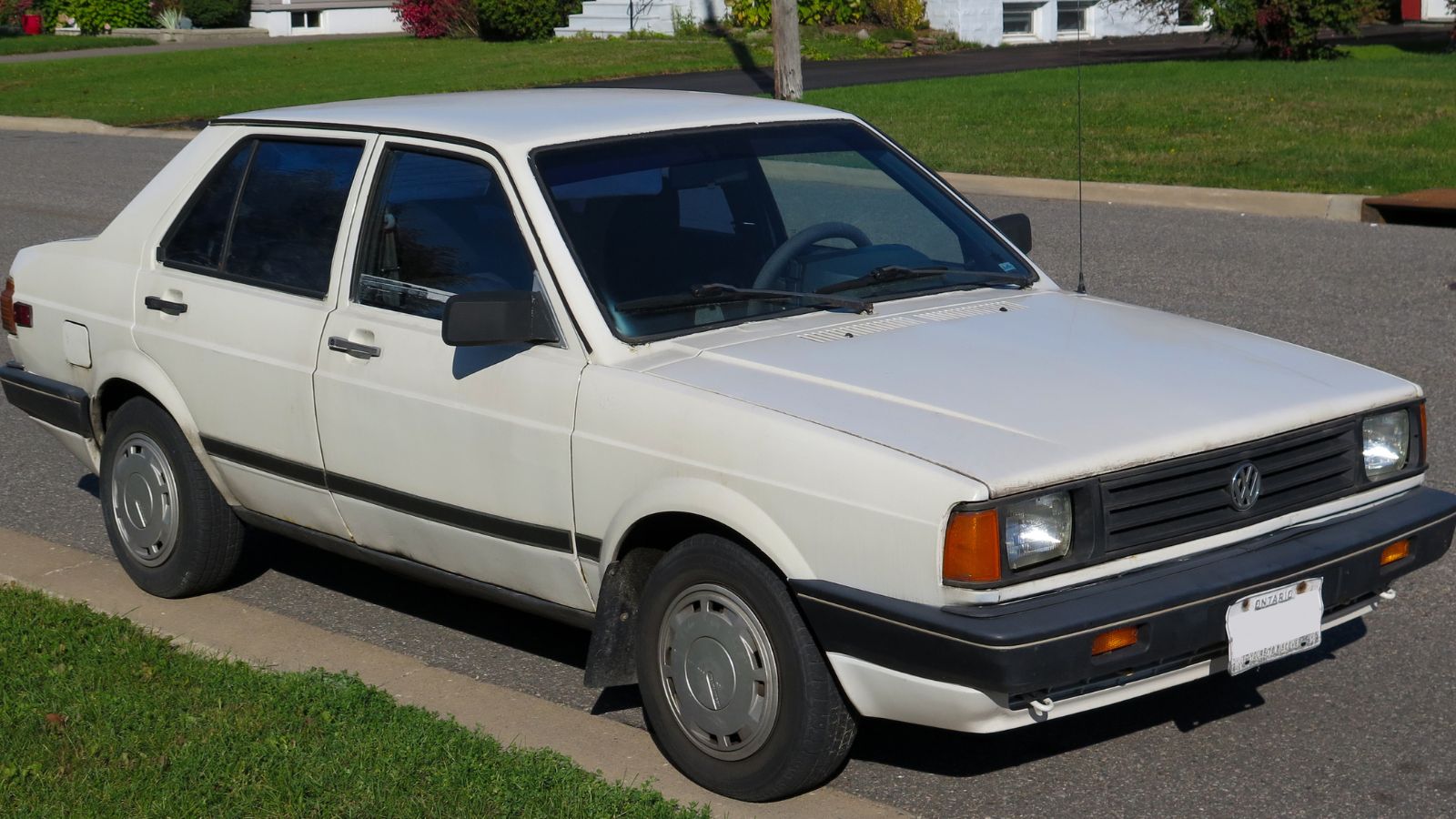
VW imported the Fox from Brazil as a cheap alternative to the Rabbit. The problem was that it felt cheap in every possible way. The ride was harsh, the engines were coarse, and the interior made a Soviet taxi look luxurious. Against VW’s reputation for charm and quality, the Fox was an embarrassment. It may have been affordable, but it didn’t feel like a Volkswagen at all.
AMC Eagle Premier
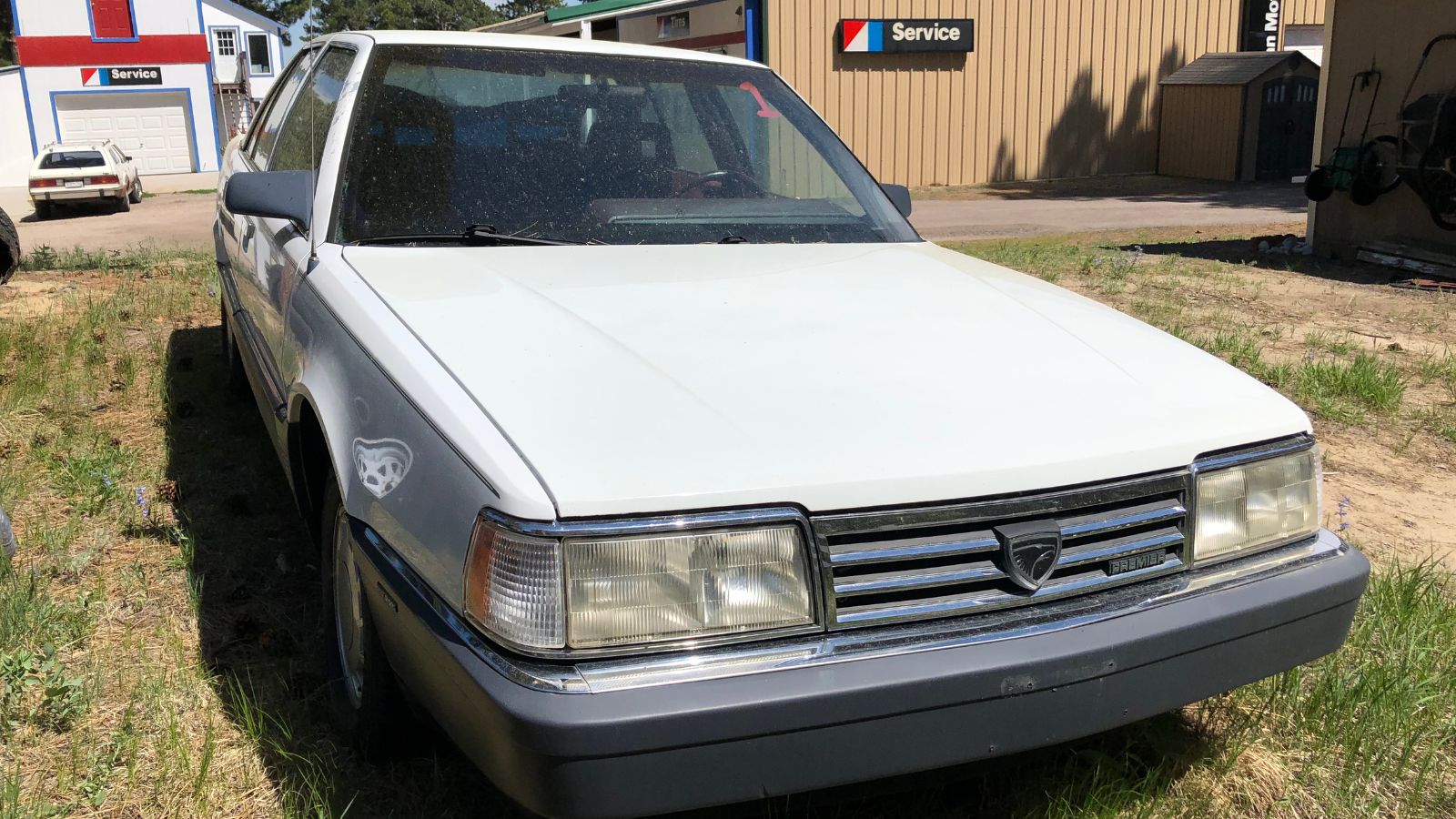
AMC’s swan song was the Eagle Premier, a car co-developed with Renault that was supposed to be innovative. Instead, it was a bland, forgettable sedan plagued by poor quality. AMC was already on life support, and the Premier didn’t do anything to revive it. For many buyers, it summed up why AMC was on its way out: too little, too late, and too unreliable.
Suzuki Samurai
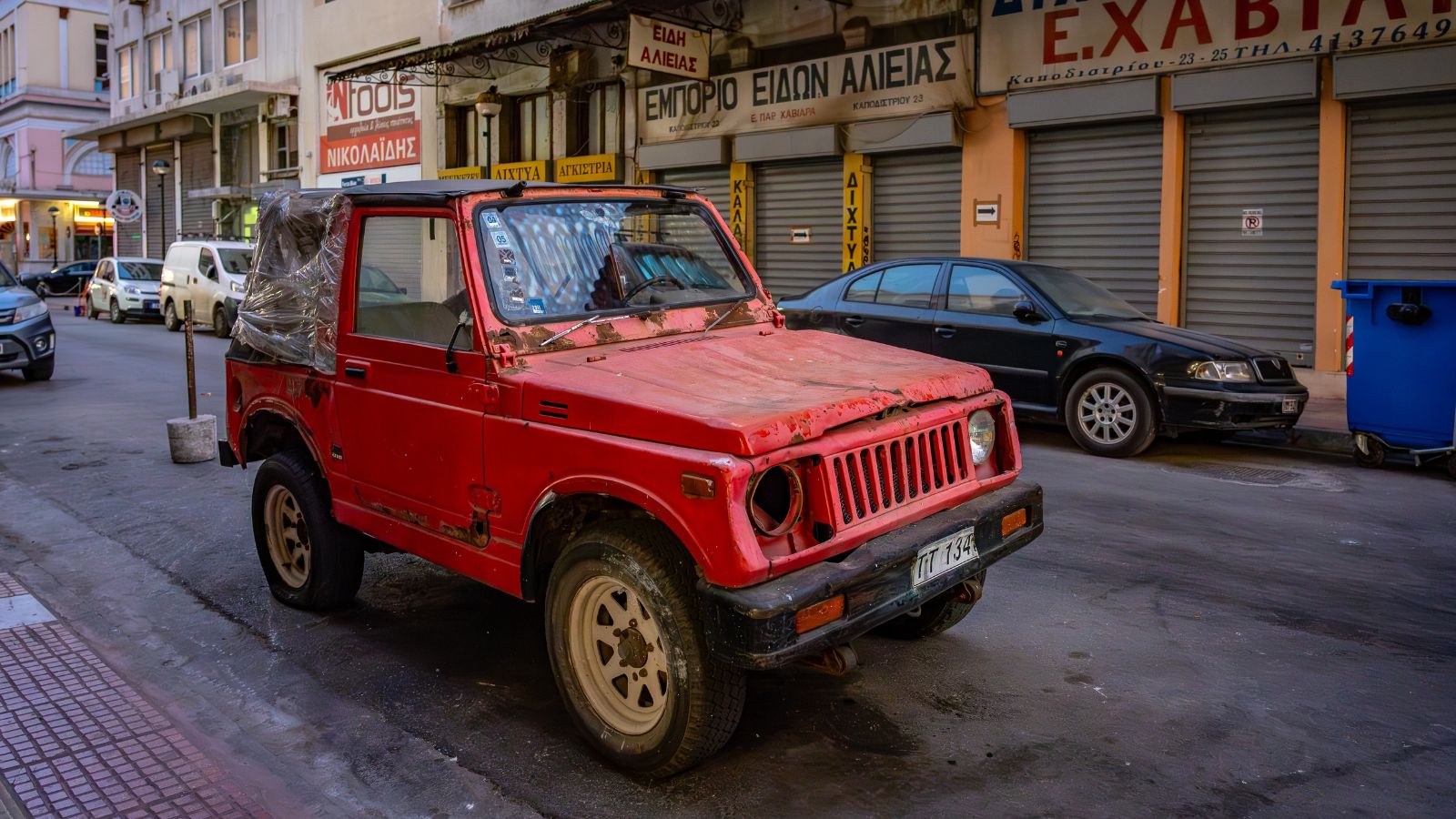
Light, cheap, and fun on paper, the Samurai earned a reputation for one thing: rolling over. Its short wheelbase and tall stance made it dangerously tippy in sharp maneuvers, and Consumer Reports famously labeled it unsafe. Lawsuits followed, sales tanked, and the Samurai became a cautionary tale. Off-roaders still loved it, but for regular drivers, it was less SUV and more lawsuit waiting to happen.
Dodge Aries / Plymouth Reliant (K-Cars)
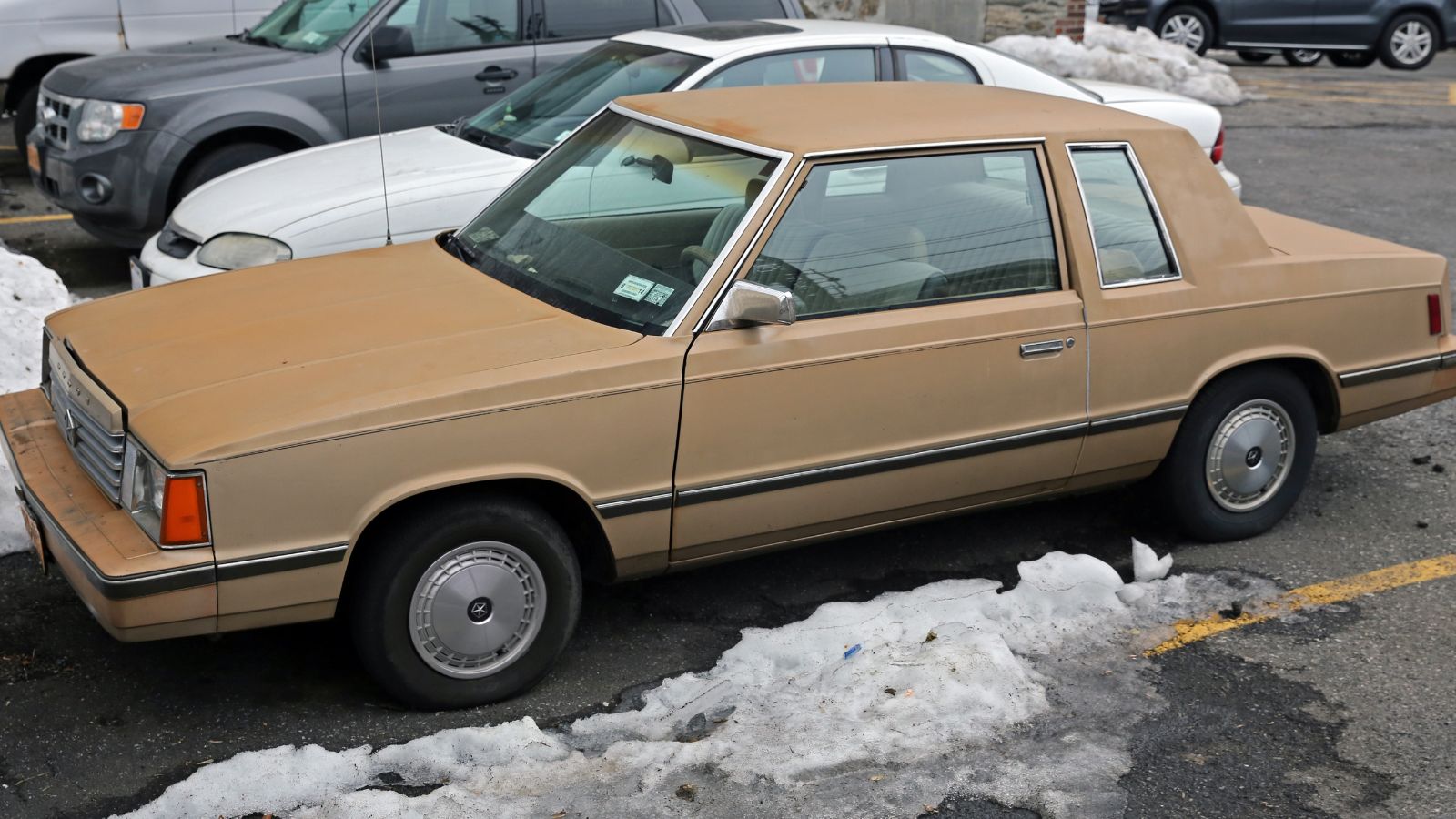
Yes, the K-Cars technically “saved Chrysler,” but they were some of the most soul-crushing vehicles of the decade. The Aries and Reliant were slow, boxy, and cheaply made, with engines that groaned like lawnmowers. They were transportation in its most basic, joyless form. People bought them because they were cheap, not because they were good. They may have saved Chrysler, but they tortured drivers in the process.
Renault Fuego
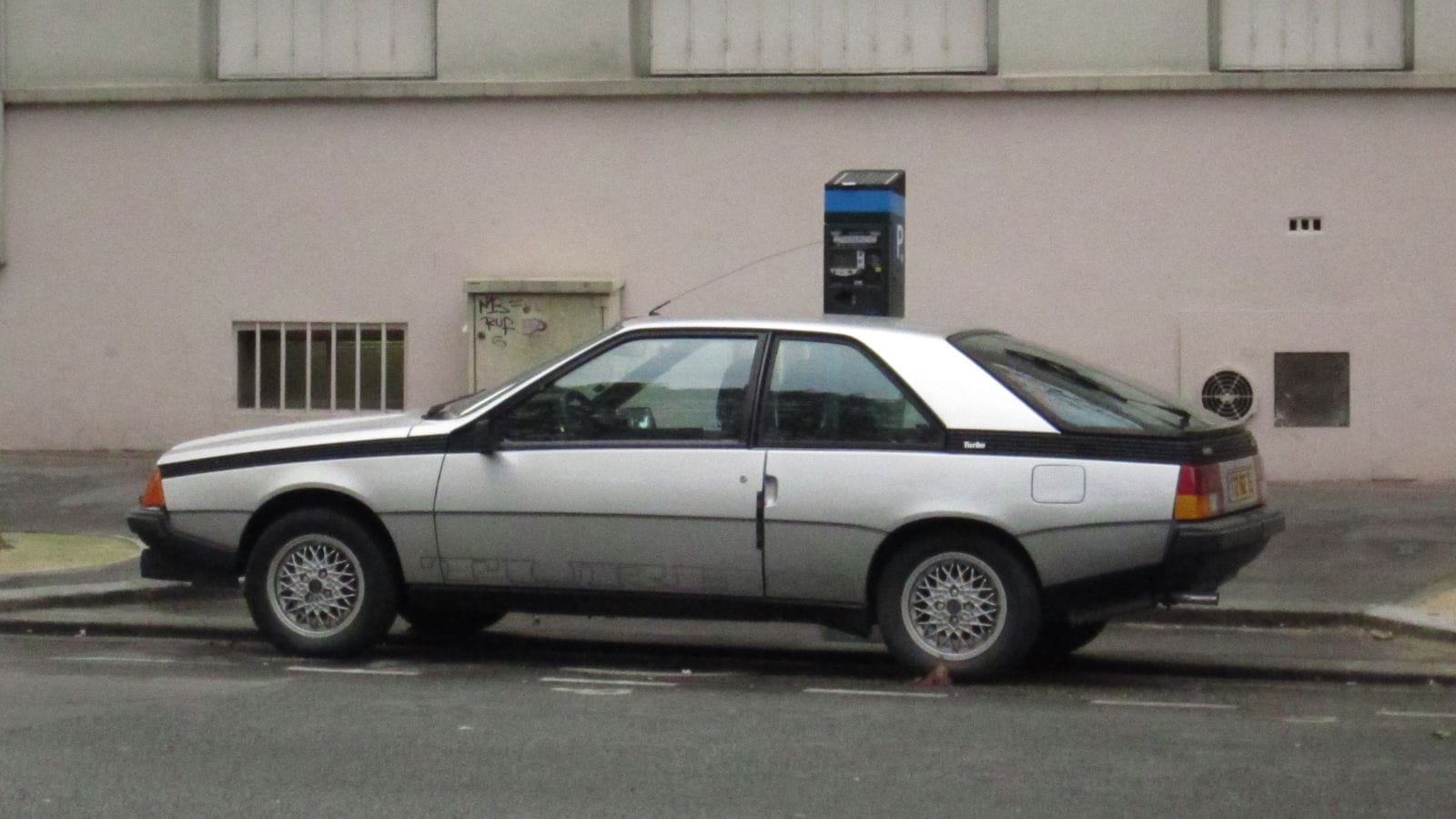
The Fuego looked flashy and European, but it was fragile in the extreme. Reliability was terrible, electrical problems were endless, and rust ate away at them long before the styling went out of fashion. Owners quickly learned that the Fuego’s name was ironic—it wasn’t hot, it was a hot mess.
Chevrolet Celebrity
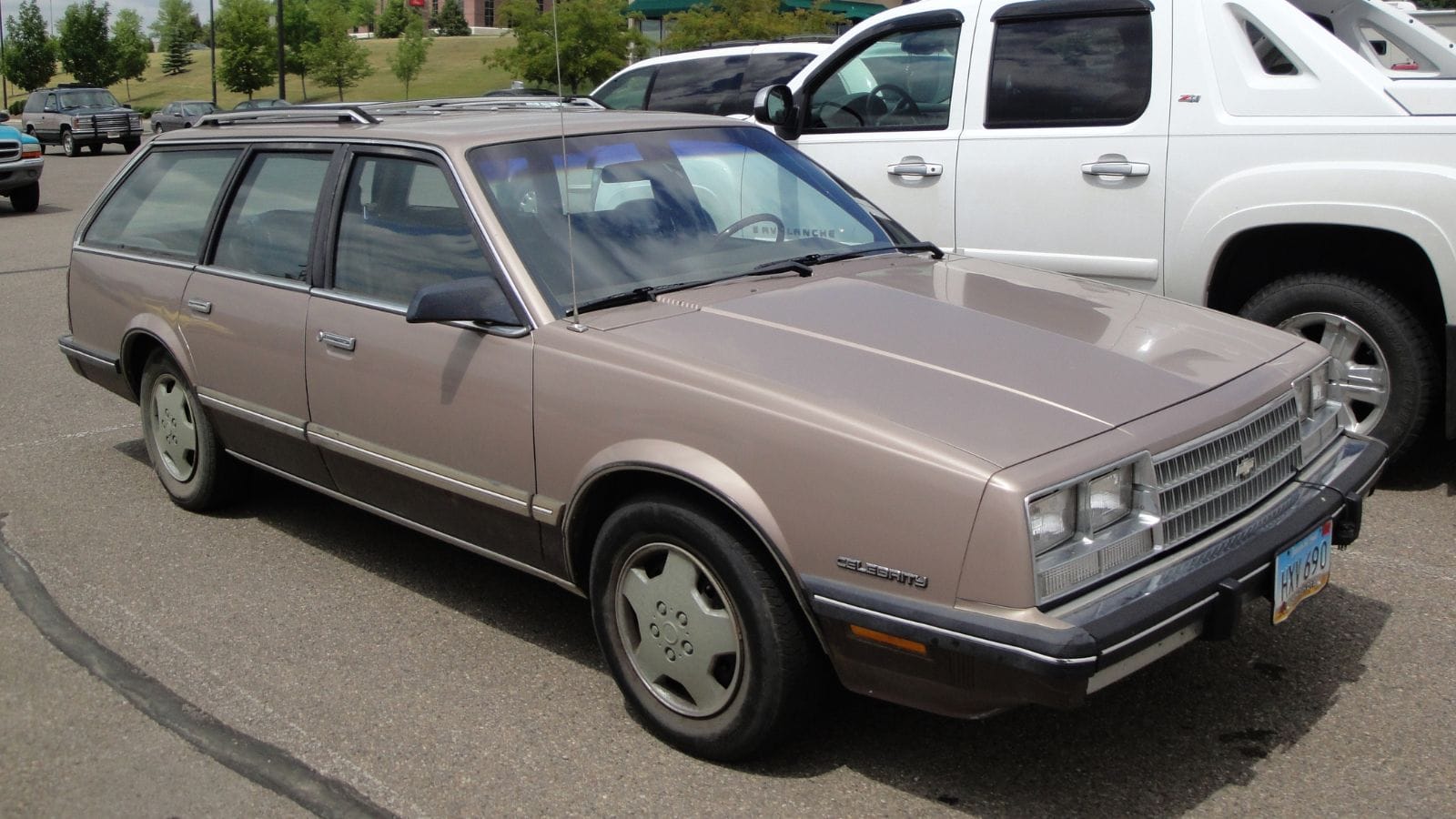
The Celebrity was supposed to be a solid mid-size family car, but it ended up being the blandest vehicle GM ever made. Styling was forgettable, engines were underwhelming, and handling was soggy. The only thing “celebrity” about it was how famous it became for being utterly boring. Families bought them in droves, but few look back on them fondly.
Merkur XR4Ti
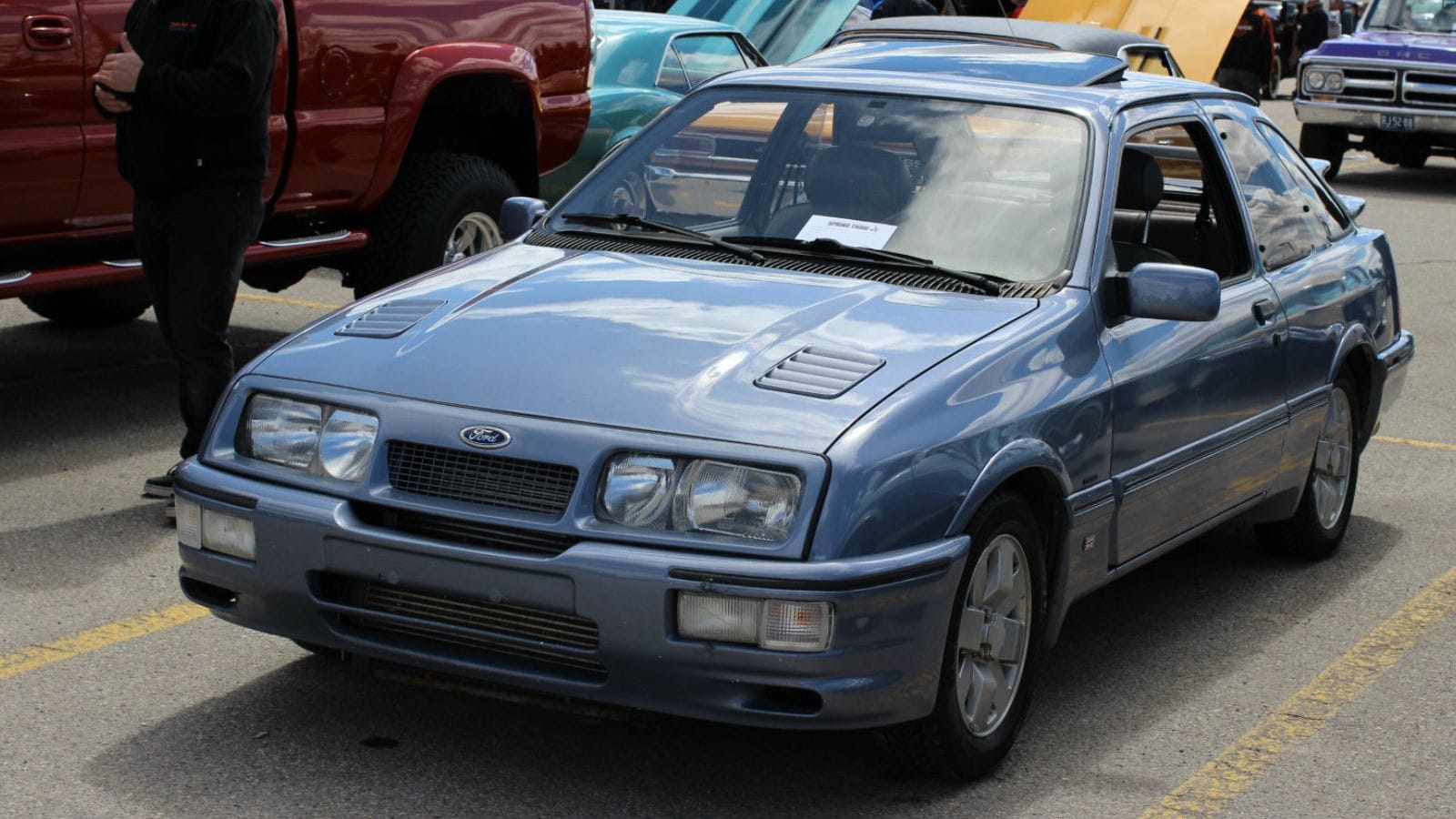
Ford’s attempt to bring a European performance car to the U.S. ended with the Merkur XR4Ti, a car with a weird name, weird looks, and weirder reliability. It had potential with its turbo engine, but the price was high, parts were hard to get, and the quirky styling scared away buyers. The twin rear spoiler looked like something from a sci-fi movie, but it wasn’t enough to save it from obscurity.
25 Facts About Car Loans That Most Drivers Don’t Realize

Car loans are one of the most common ways people fund car purchases. Like any other kind of loan, car loans can have certain features that can be regarded as an advantage or a disadvantage to the borrower. Understanding all essential facts about car loans and how they work to ensure that you get the best deal for your financial situation is essential. Here are 25 shocking facts about car loans that most drivers don’t realize:
25 Facts About Car Loans That Most Drivers Don’t Realize
